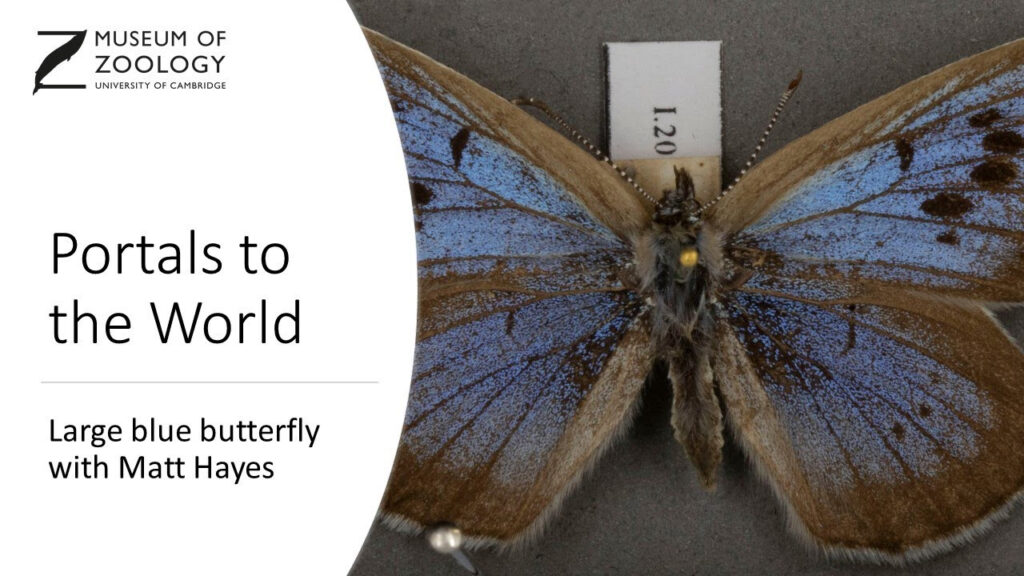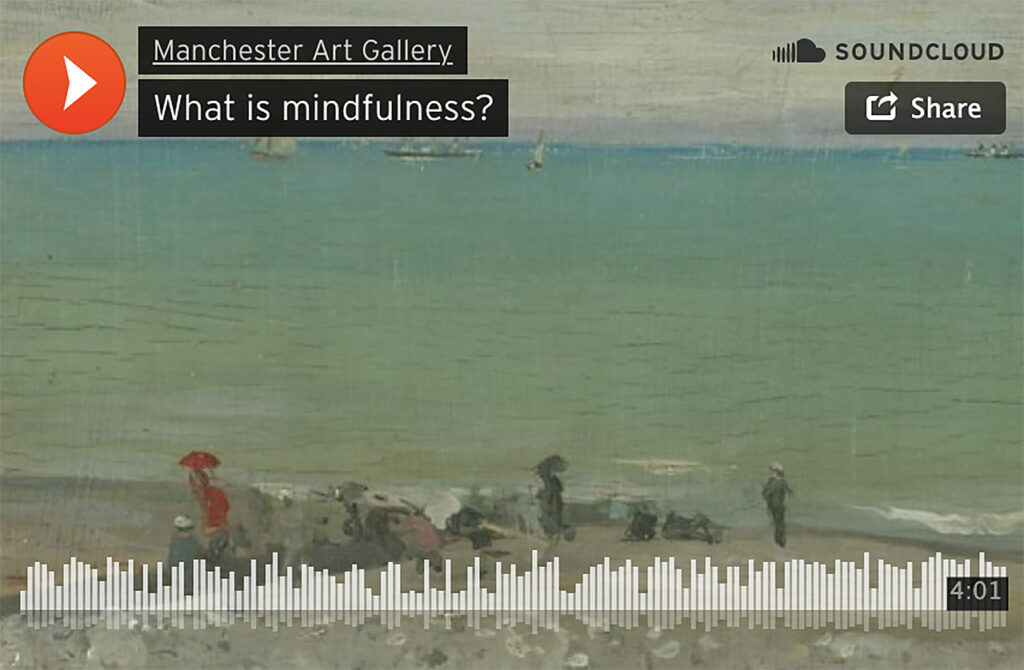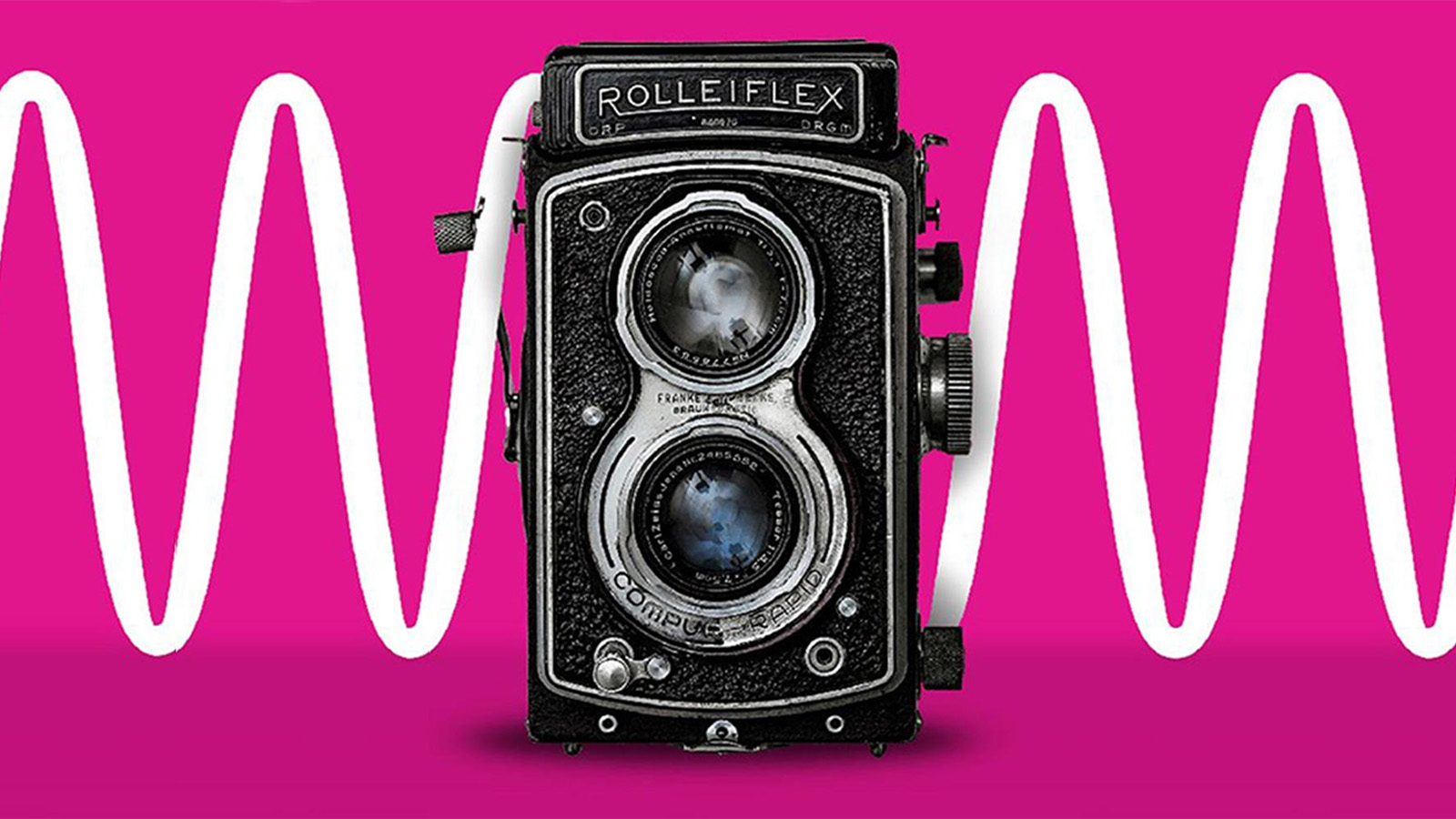Between January 31 and February 2, MuseumNext hosted the Museums, Health, and Wellbeing Summit. The three-day on-demand event addressed how museums can help visitors improve their wellness and mental health by encouraging exploration and self-reflection within exhibition spaces. We’ve gathered three key takeaways from the event below.
Considering creative engagement

The Museum of Zoology’s Portals to the World program was aimed at supporting individuals living with dementia and their carers. Image: University of Cambridge Museums
In addition to presenting art as an object to be observed, museums can invite visitors to emotionally bond and interact with the works on display. In 2019, the Museum of Zoology, in partnership with the University of Cambridge Museums and non-profit, Dementia Compass, designed such a program, Portals to the World, which invited individuals living with dementia to discover and discuss various museum objects. Each session also includes a talk by a subject specialists and a creative activity, as well as a take-home art object because, as Ruth Clarke, Inclusion Associate at the University of Cambridge Museums, pointed out, it’s back at home that the work truly takes place.
Creative community engagement goes beyond lectures and classes too. Time and Dance, a collaboration between the University of Cambridge Museums and dance artist Filipa Pereira-Stubbs, aimed to serve vulnerable communities that may not have access to the privilege of in-person attendance, especially over COVID lockdowns. During the program, attendees who lived in sheltered housing or care homes were given films and art postcards that would later be discussed in group settings. “Through these sessions, we built really strong relationships between the museum and the community group, relationships between the art, and strong friendships also formed within the group,” said Clarke.
Integrating mindfulness

The Manchester Art Gallery’s mindfulness audios are just one way it has integrated wellness throughout its programs. Image: Manchester Art Gallery on SoundCloud
Museums do contain provocative or emotionally powerful art and it’s essential to know how museums can better support their visitors as they take in often-triggering work. One method is encouraging mindfulness, allowing visitors to self-navigate through their emotional responses to art, rather than simply being passengers in the experience.
The Manchester Art Gallery has been developing mindfulness projects, programs, workshops, and exhibitions since 2012, and plans to open a dedicated space for mindfulness later this year. Reflecting on the museum’s efforts in integrating mindfulness throughout their programs, Health and Wellbeing Manager, Louise Thompson, said, “We think it’s a really interesting and unique way to engage with art and collections, and an effective way to help people improve their well-being.”
Thompson says museums interested in building mindfulness into its offerings should focus on four key actions: partnering with mental health organizations, building trauma awareness kits, working with mindfulness teachers, and educating museum staff about best mindfulness practices “Try not to get too overwhelmed,” she said. “It’s perfectly natural for museum educators and curators staff to feel a little bit cautious or nervous around this kind of work, and that’s completely normal.”
Supporting with technology

The My House of Memories app by the National Museums Liverpool invites users to build a collection of museum and personal objects, and offers related resources. Image: My House of Memories app
Mobile apps offer opportunities for museums to extend their storytelling, but also, their care and well-being efforts. The National Museums Liverpool has developed the My House of Memories app, supported by the Connect my Memories tablet loan service, to support dementia patients.
My House of Memories is free to download and allows users to browse everyday objects from cinema tickets to sewing machines, save the objects into a digital memory tree, and create a collection of “precious personal memories.” Carol Rogers, Director of House of Memories, said the app intends for these museum objects, personal objects, and memorabilia to initiate conversations between dementia patients and their caretakers. “We’re seeing early onset dementia with for people in their 40s and 50s, so for us, it’s about understanding where that memory journey can begin, embracing that, and moving with the museum and the community to enable a really rich and personalized experience,” she said.
By giving these objects an active role in wellness, museums become a place for mindful interaction, rather than just observation.



